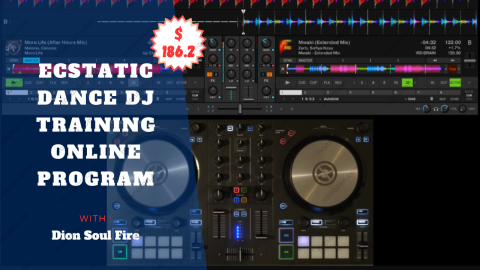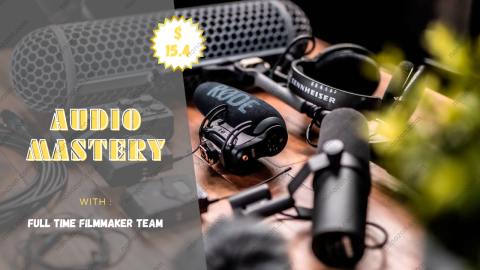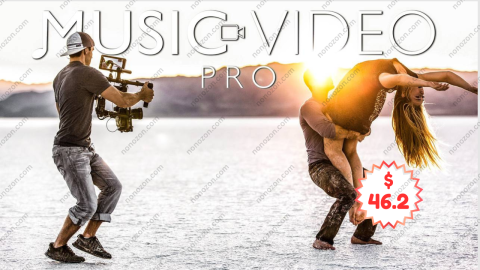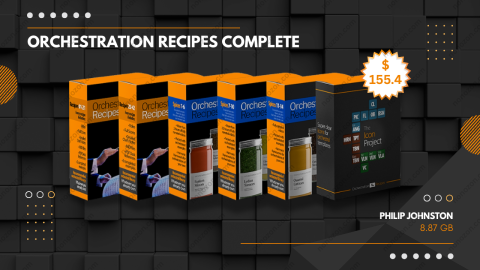Mixing Techniques
by Richard Earnshaw
Get Mixing Techniques by Richard Earnshaw Digital download!
Check proof of content here:

Review of Mixing Techniques by Richard Earnshaw
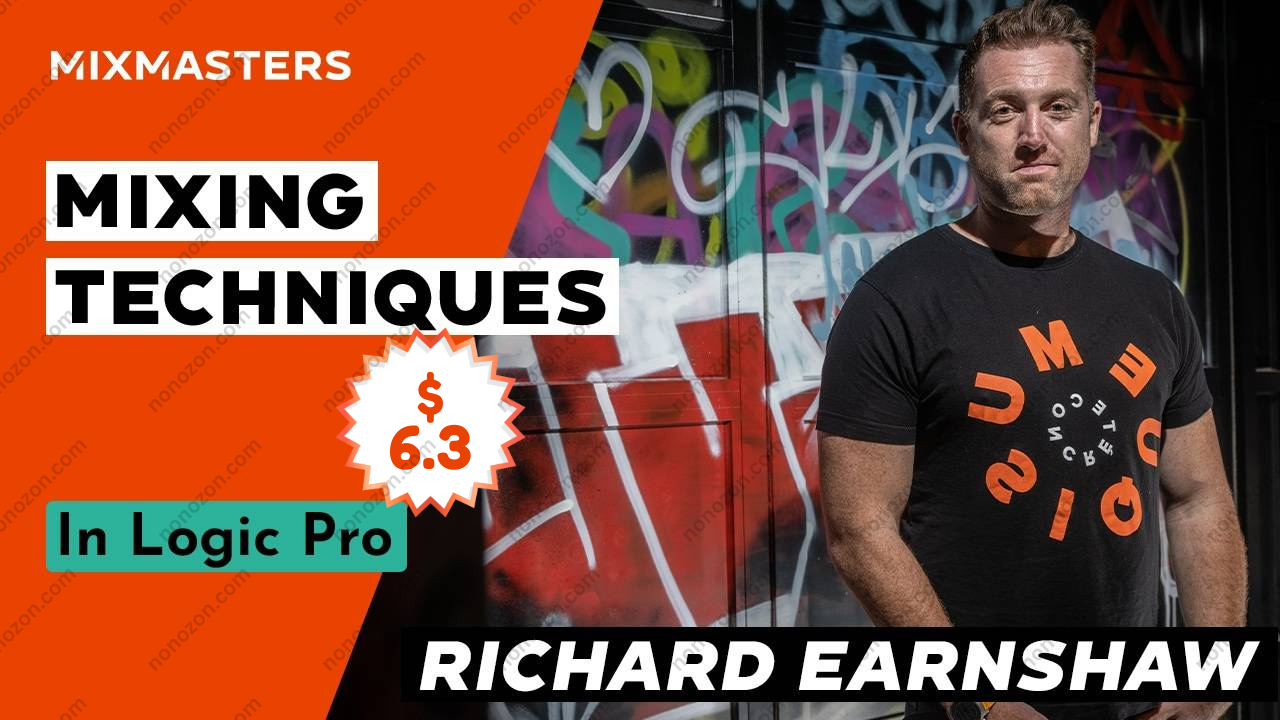
In today’s fast-paced music production landscape, mastering mixing is essential for any producer or engineer looking to elevate their work. Richard Earnshaw stands out as an influential expert, offering mixing methods that improve both the sound quality and the blend of instruments within a track. This review explores his core principles, shedding light on his techniques and sharing practical advice for those seeking to refine their mixing skills.
The Foundation of Mixing Techniques
At the heart of Earnshaw’s approach is tonal balance achieved through both additive and subtractive equalization. This combined strategy forms the foundation for shaping the clarity and warmth of each track. Subtractive EQ is praised for its ability to remove unwanted frequencies, resulting in a smoother and more natural sound that fits well in a mix. Conversely, additive EQ is used to bring out brightness and presence but must be applied carefully to avoid creating harshness.
Both types of EQ are vital in crafting balanced mixes, yet each demands a different mindset and application. Subtractive EQ aims for naturalness, while overusing additive EQ can make the sound appear artificial. Earnshaw stresses that understanding when and how to apply these EQ methods is key to producing professional mixes.
Stereo Imaging Techniques
Stereo imaging is another area where Earnshaw’s expertise shines. He skillfully uses mid/side EQ and specialized imaging tools to shape the stereo field. This process is more than a technical task—it’s a creative way to position sounds in a three-dimensional space. With mid/side EQ, producers can adjust the width of the stereo image, making elements move closer together or further apart, which adds depth and dimension to the overall mix.
Techniques for Balancing Kick and Bass
In genres like dance music, balancing the kick drum and bass is essential. Earnshaw frequently employs sidechain compression, a technique that dynamically lowers one sound to make space for another. This prevents the kick and bass from clashing, allowing both to be clearly heard and work in harmony. This method ensures a solid rhythmic foundation, keeping the low-end tight and defined without muddiness.
Through his approach to stereo imaging and bass management, Earnshaw demonstrates a strong grasp of mixing complexities while offering practical solutions producers can adopt.
The Role of Drum Bussing
Drum bussing is a key part of Earnshaw’s mixing style. He recommends routing all drum tracks into a single bus, simplifying the mixing process and improving dynamic control. This tactic not only streamlines workflow but also helps “glue” the drum sounds together, often using compressors like the API-2500 to achieve a cohesive, polished result.
Effective drum bussing adds punch and energy, crucial in rhythmic-driven music styles. It also allows collective control over drum dynamics, making the mix sound more powerful and engaging.
Streamlined Dynamics
Managing dynamics through drum bussing encourages producers to experiment creatively with sound shaping. Treating the drums as a unified group lets mixers like Earnshaw craft mixes with stronger impact while maintaining clarity. When done well, this approach captures the track’s driving energy and preserves balance across all elements.
Creating Space in the Mix
One of Earnshaw’s standout focuses is creating space within mixes. Overcrowded mixes tire listeners and reduce emotional effect. Using methods like track previews and carefully applied effects—such as reverb and delay—helps sounds breathe and develop spatial depth.
For example, strategic use of reverb can make a track feel either vast or intimate depending on settings. A key technique is applying reverb to add depth without relying too heavily on limiting, which enhances loudness yet preserves the mix’s character—something challenging to master.
Best Practices for Space Management
To optimize space in a mix, consider these tips:
Select reverb types that enhance each instrument’s tonal qualities.
Use layered delays with varying times to build depth, especially on vocals.
Automate effect levels for dynamic shifts, keeping listeners engaged without overwhelming them.
These techniques help maximize clarity and emotional connection in a mix.
The Artistic Aspect of Mixing
Earnshaw also highlights the creative side of mixing, insisting it should never be overshadowed by technical tasks. Mixing is not only about sound manipulation but about storytelling, evoking feelings, and connecting emotionally with the audience.
He encourages producers to combine technical skills with artistic intuition. This balance results in mixes that are both polished and emotionally compelling. For instance, emphasizing certain frequencies may be used not only for clarity but to stir specific emotions or memories, deepening listener engagement.
Balancing Creativity and Technique
Striking the right balance between creativity and technical precision is crucial for new producers. Earnshaw suggests reflecting on questions like: "What emotion is this track conveying?" and "How can mixing choices amplify that message?" By integrating emotional intent with technical decisions, mixers can produce powerful, heartfelt tracks.
Conclusion
Richard Earnshaw’s mixing techniques offer valuable guidance for both experienced and novice producers. His method blends technical rigor with creative purpose, elevating mixes beyond mere engineering. By focusing on EQ, stereo imaging, drum bussing, space creation, and emotional storytelling, he provides a comprehensive roadmap for crafting outstanding mixes.
Aspiring producers who embrace Earnshaw’s principles will not only refine their technical abilities but also nurture their artistic instincts. His approach serves as an inspiring model for achieving mixes that are sonically refined and emotionally resonant—capturing the essence of modern music production.

